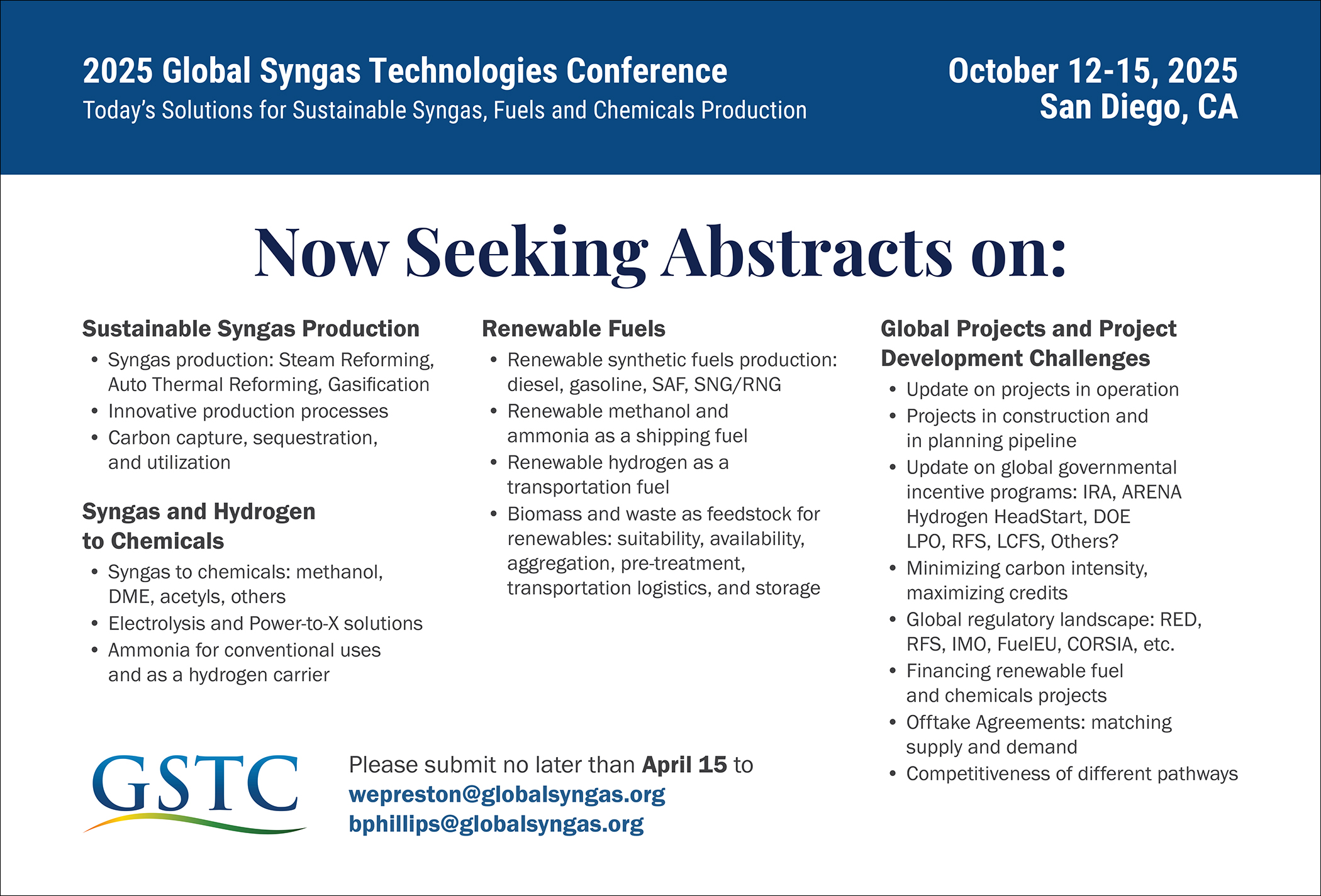
A groundbreaking spin-off from a Spanish research institute has created an innovative metal–organic framework (MOF) that efficiently captures carbon dioxide (CO2) at room temperature, attracting major interest from one of Spain’s leading winemakers. This cutting-edge material not only seizes CO2 but also purifies it to food-grade standards in a single process, leading the prestigious Familia Torres winery to set up a pilot facility employing the MOF to gather CO2 released during yeast fermentation.
Omar Yaghi, a prominent figure in MOF studies, has praised this advancement, pointing out its implications for sustainable production owing to its distinctive pore size that enhances CO2 bonding. He foresees growing interest from sectors like brewing and winemaking as this material aids in diminishing emissions related to fermentation.
Stefano Giancola, CTO at Orchestra Scientific, a spin-off from ICIQ in Tarragona, clarifies that this copper-based MOF is produced using inexpensive materials such as copper salts and the amino acid L-histidine. This chemical reaction creates a network of channels that selectively adsorb CO2. CO2 can be efficiently regenerated without heat, extracted from the MOF as a high-purity commodity, applicable in various fields like food packaging and agriculture. Remarkably, the cost for CO2 capture using this MOF is below €40 per tonne, presenting a more economical alternative compared to competitors.
Familia Torres had earlier deployed a carbon capture system since 2021, which encountered issues with scalability and efficiency. Josep María Ribas, the winery’s climate change manager, noted that the new MOF technology improves energy efficiency, lowers operational costs, and guarantees a higher purity of captured CO2, enabling a wider range of uses within the winery.
In wineries, carbon dioxide is mainly utilized to avert oxidation in wine tanks by forming a protective gas layer. Previously dependent on external suppliers for CO2 at approximately €1500 per tonne, the MOF-based solution allows the winery to reduce costs by half, fostering sustainability and independence. Familia Torres envisions achieving surplus CO2 production, which could lead to storage, sales, or conversion into products like sparkling wine.
Akachukwu Obi from MIT underscores the MOF’s durability against water, a breakthrough accomplished through an eco-friendly, industrially scalable aqueous technique. The single-step purification that achieves over 99.9% purity also offers a commercially feasible solution for low CO2 concentration streams. Yaghi imagines wider applications in areas like power generation, drawing parallels between CO2 emissions in fermentation and power plants.
Leah Matsinha, a MOF specialist in the UK, points out that while adsorption capability is crucial, other aspects like selectivity and structural stability are essential for industrial feasibility. She emphasizes the need for scalable production to tackle prior adoption challenges and praises Familia Torres’ initiative, hoping that other wineries and breweries will follow suit with similar approaches.